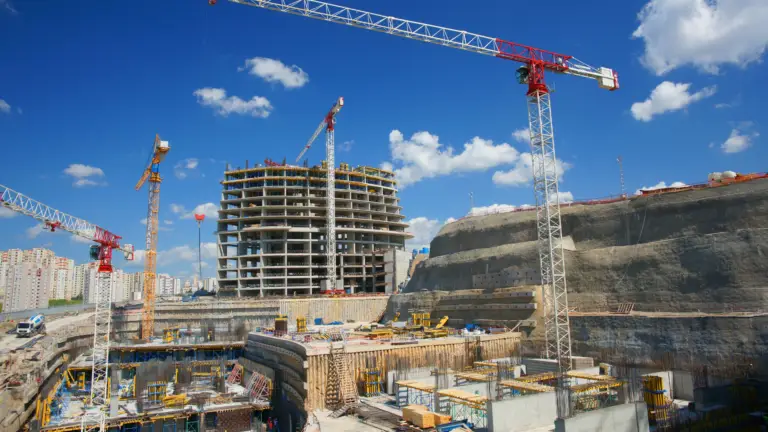The United States is a geographically diverse country, and while it offers stunning landscapes and abundant opportunities, it also presents certain natural hazards. One of these hazards is earthquakes, which can be particularly devastating in regions prone to seismic activity. In this blog post, we will explore the importance of understanding and addressing earthquake risks in construction, particularly in seismic zones in the United States, to ensure safety and resilience in the face of this natural threat.
To view AH Construction’s projects click HERE
Understanding Seismic Zones:
- Seismic Hazard Mapping: The United States Geological Survey (USGS) and other agencies have conducted extensive research to identify seismic hazard zones across the country. These maps categorize areas based on the likelihood and intensity of earthquakes.
- High-Risk Regions: Some well-known high-risk regions include California, Alaska, and the Pacific Northwest. However, seismic activity can also occur in unexpected areas, such as the central United States.
Key Considerations for Construction in Seismic Zones:
- Building Codes and Regulations: Many states in high-risk seismic zones have strict building codes and regulations to ensure that structures can withstand earthquakes. Compliance with these codes is essential for safety.
- Structural Engineering: Employing experienced structural engineers who specialize in earthquake-resistant design is crucial. They can create plans that incorporate seismic mitigation measures.
- Foundation Design: Proper foundation design is vital for withstanding seismic forces. Techniques like base isolation and special foundation systems are used to prevent excessive shaking.
- Material Selection: The choice of construction materials can impact a building’s ability to withstand earthquakes. Reinforced concrete, steel frames, and flexible materials are often preferred.
- Retrofitting: In existing structures, retrofitting techniques can be employed to enhance earthquake resistance. This may include adding bracing, shear walls, or dampers.
Ensuring Safety During Construction:
- Construction Practices: Following earthquake-resistant construction techniques during the building process is crucial. This includes proper anchoring, bracing, and reinforcing structural components.
- Quality Control: Regular inspections and quality control measures should be in place to ensure that construction materials and methods meet seismic standards.
- Emergency Preparedness: Construction sites in seismic zones should have emergency plans in case of an earthquake. This includes securing equipment and ensuring worker safety.
Community Awareness and Education:
- Public Education: Communities in seismic zones should prioritize public education about earthquake risks, preparedness, and evacuation plans.
- Seismic Retrofitting: Encourage property owners to retrofit older buildings to meet current seismic standards, reducing risks to occupants.
Construction in seismic zones in the United States requires a comprehensive approach to safety. By understanding seismic risks, complying with building codes, employing experienced professionals, and following earthquake-resistant construction practices, we can mitigate the potential dangers posed by earthquakes. Ensuring the safety of structures in seismic zones is not only a legal requirement but also an ethical responsibility to protect lives and property from the unpredictable forces of nature.
To view AH Construction’s projects click HERE




